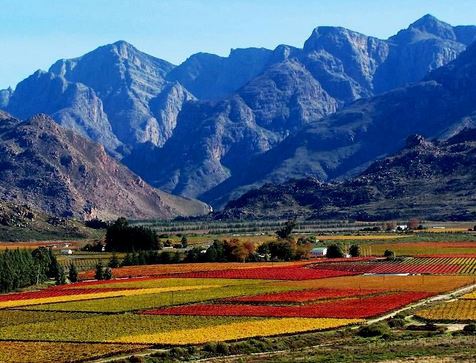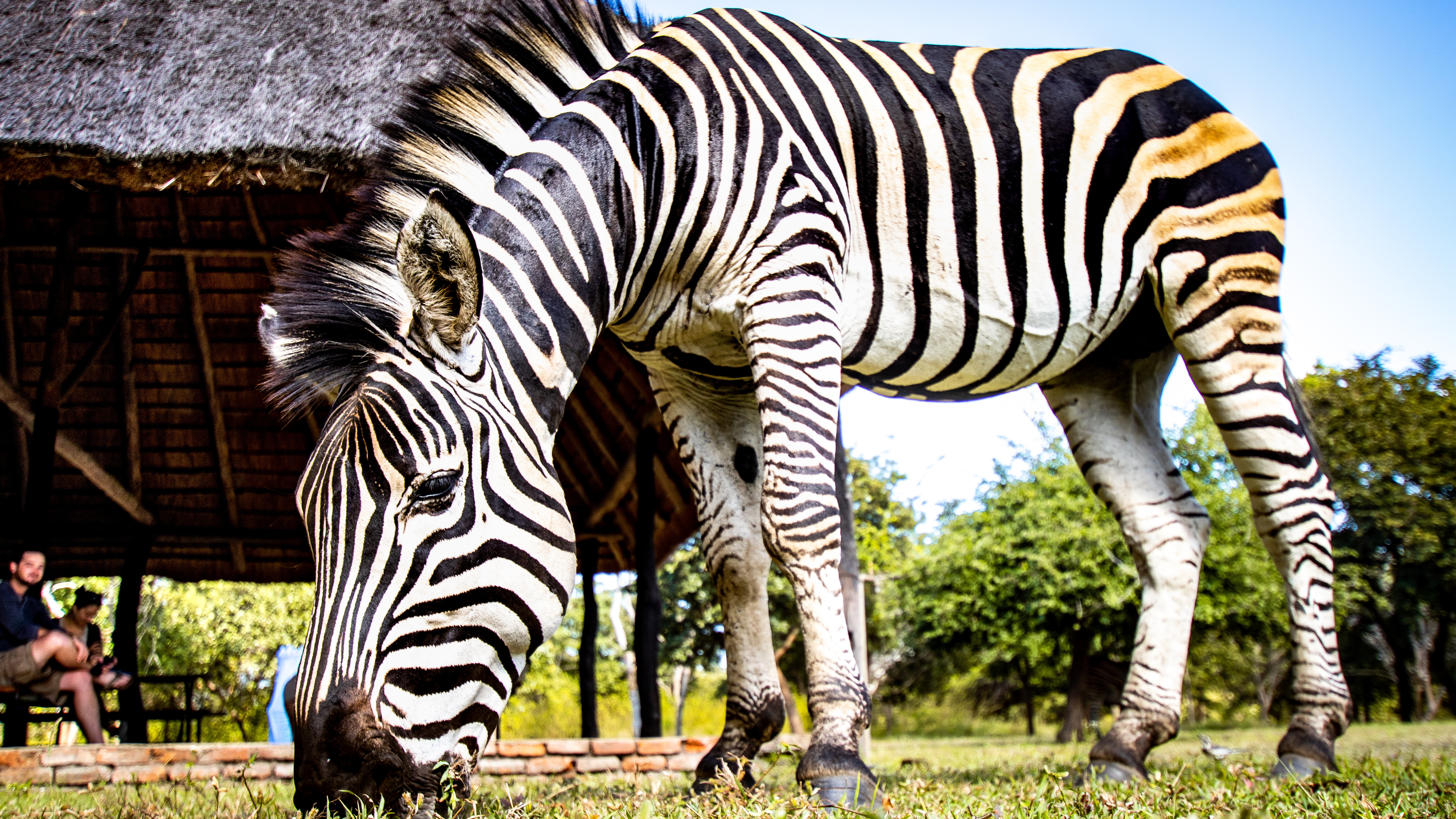The town of Ladismith is located at the foot of the Klein Swartberg mountain range in the Klein Karoo. This village in the Western Cape province is 320 kilometers from Cape Town and about 100 kilometers from Oudtshoorn. It is part of the beautiful and varied Route 62.
When you approach Ladismith, you can see a striking mountain peak: Towerkop. This split top is characteristic of Ladismith. The story goes that a furious witch split the top in two because it bothered her when she flew on her broomstick. You will also see fruit plantations, the climate here is particularly suitable for apricots, peaches, nectarines, figs, olives and grapes.
The village has its own architectural style that originated around 1830, this so-called Ladismith style is a simplified representation of Georgian architecture from England. You can also see buildings in, among others, Neo-Gothic, Victorian and Edwardian style. Take a walk through Ladismith and view the varied architecture. For more information about the architectural styles you can visit the tourist office at the Otto Hager church (Neo-Gothic).
Around Ladismith you will find a number of beautiful mountain passes, the most famous of which is probably the Seweweekspoort, which is about 17 kilometers long and meanders through the rocks along the Huis River. The road takes you no less than 23 times over the river and the rock walls can reach a height of 1500-2000 meters and this creates beautiful pictures while you pass this pass. At the northern ‘entrance’ of the Seweweekspoort you can still see the ruins of the old toll house.
From here the road leads to the right to the foot of the Swartberg towards the Bosluiskloof mountain pass. This road takes you between two mountain ranges: Swartberg and Elandsberg and this provides a fantastic landscape. This 22-kilometer pass is partly the border between the Kleine and Grote Karoo and leads to Gamkaspoort Dam. Bosluiskloof owes its name to the many fossils (millions of years old) that have been found here, including many ‘bosluise’ (African for ticks).
There are beautiful walking / hiking routes around Ladismith and they can tell you more about it at the tourist office. Trained hikers can make the 14 km long Elandsberg trail (also called Liggies trail). This route will take about 5 to 8 hours and the path is fairly steep. The end point is near Stanley’s Liggie (Stanley’s light), at around 1500 meters above sea level. Stanley de Wit placed a bicycle lamp here in 1963 with a dynamo that was powered by a water stream, so villagers could easily see if there was water.
Add to my travel plans



